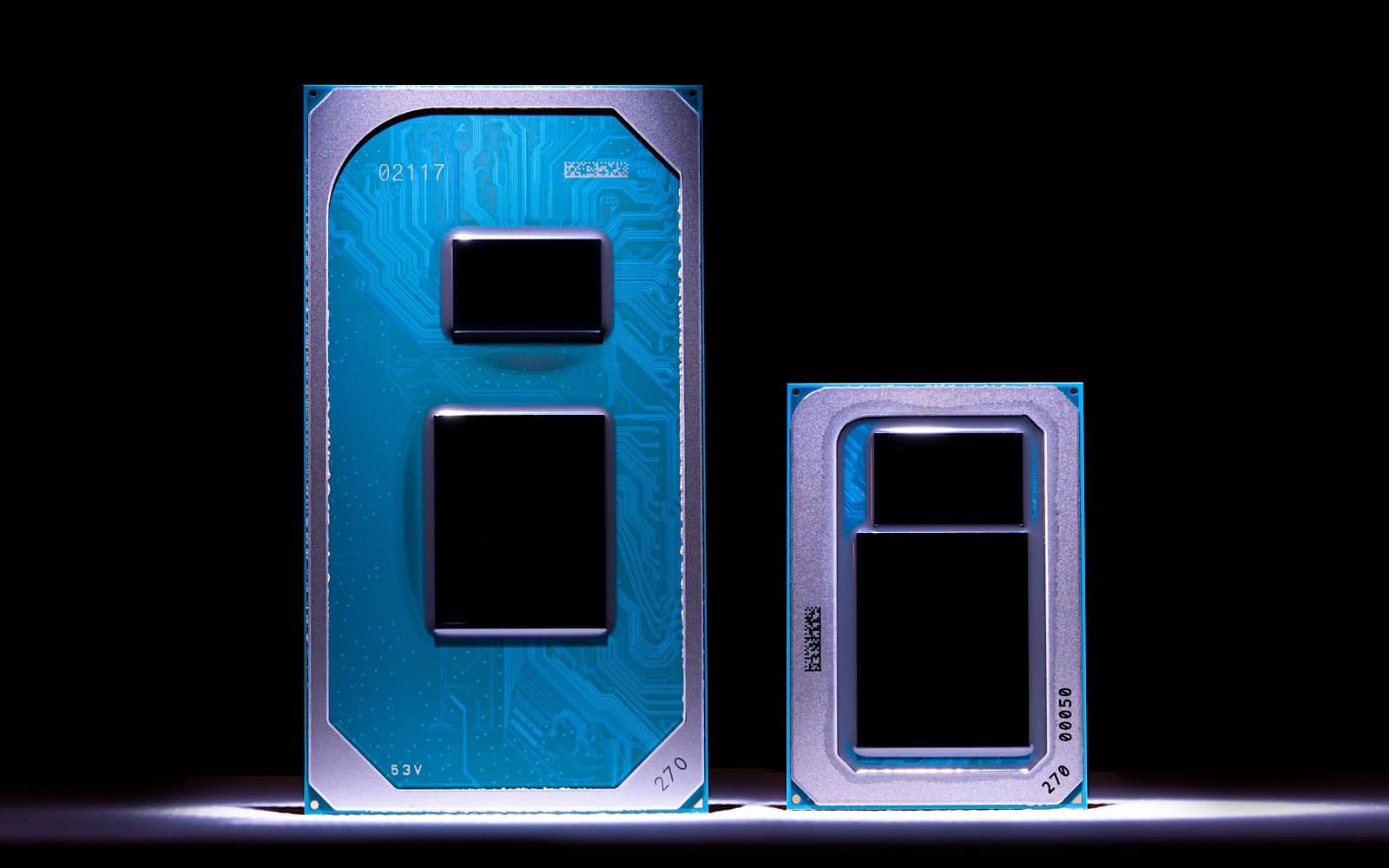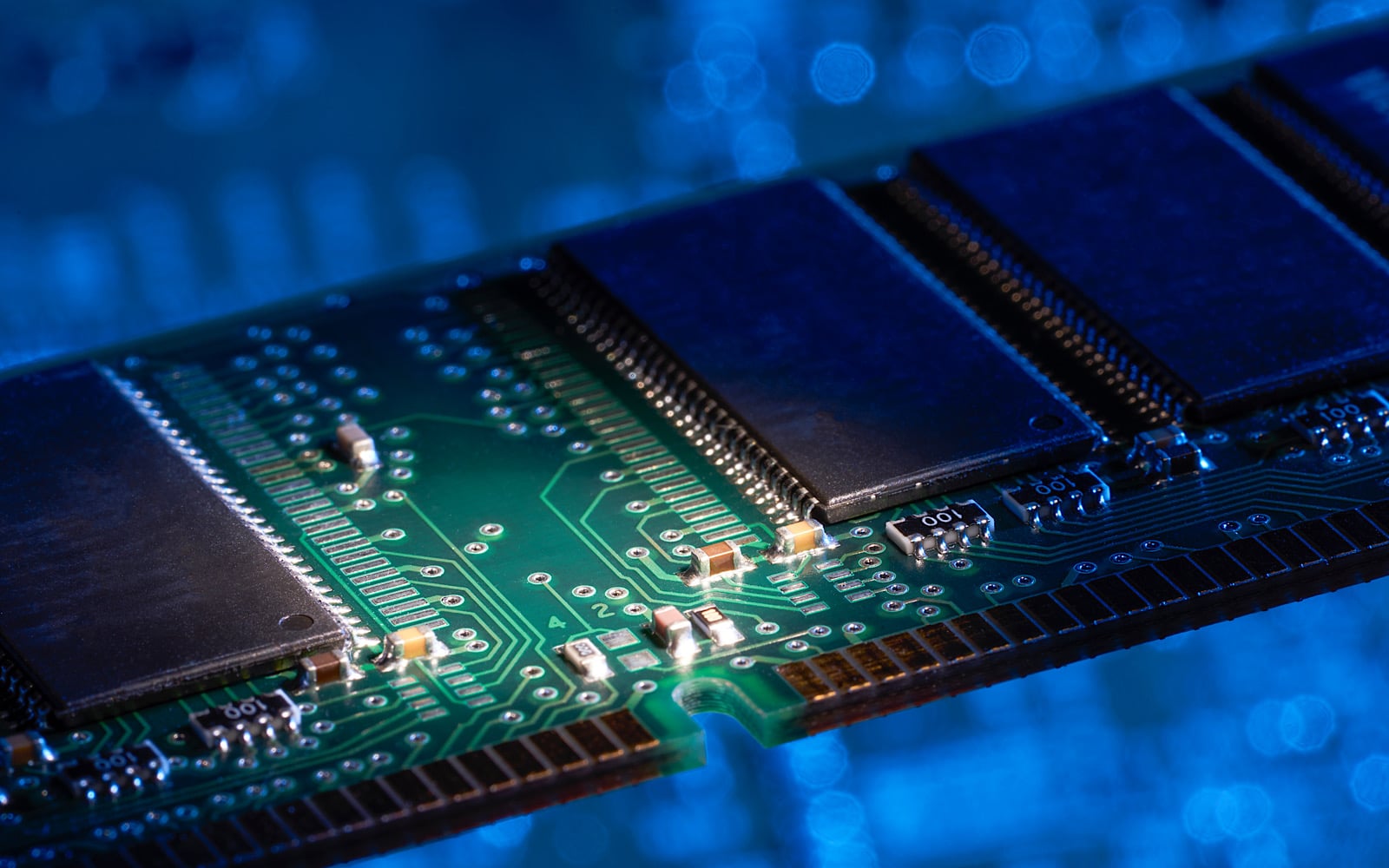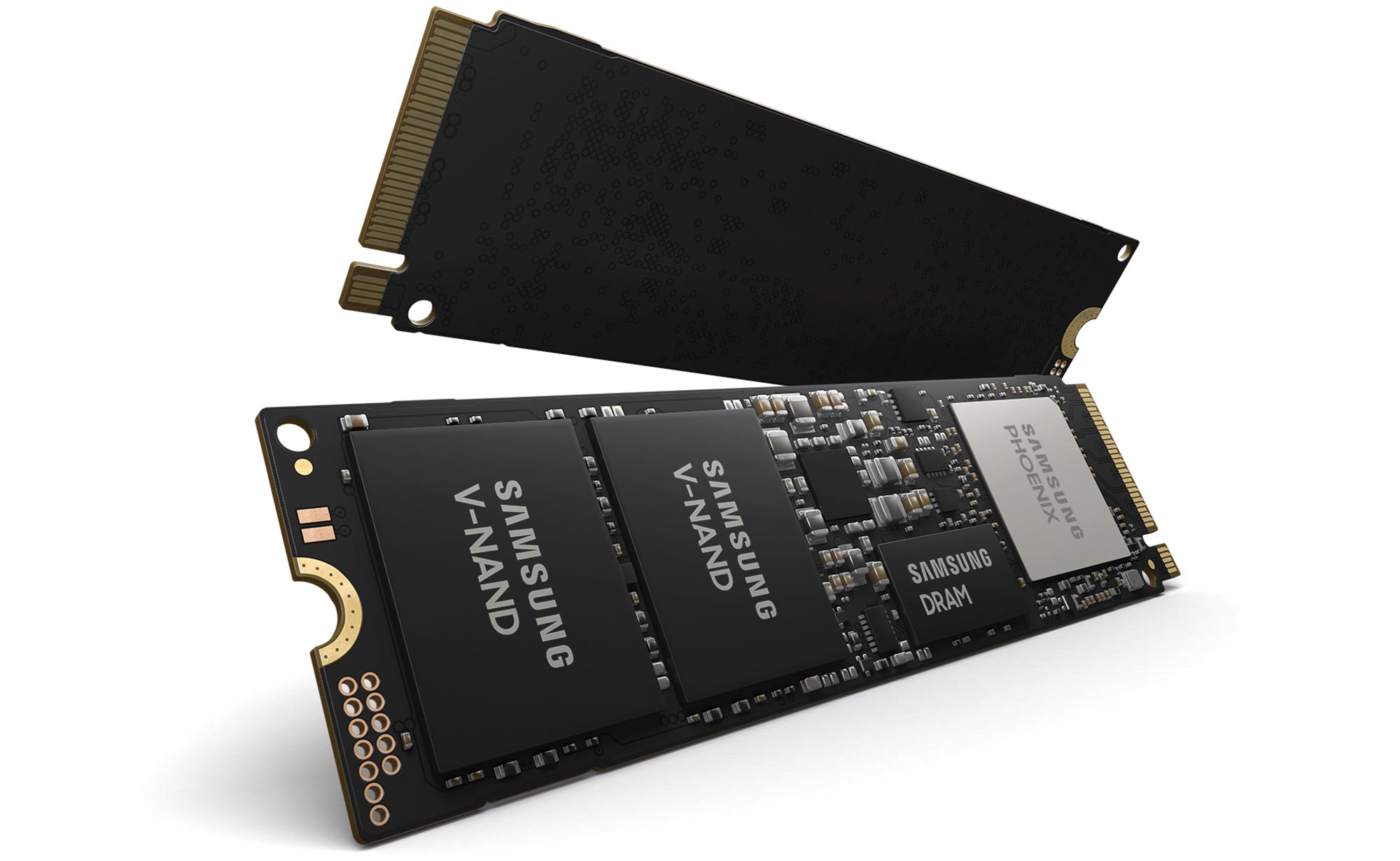We’re not the same person, and we don’t use a computer the same way. So how do you find a laptop suitable for you and for how much you want to spend?
Everyone has different needs, and so finding a computer to match what you’re looking for can be complex. Whether you’re a photographer, a coder, a 3D developer, or just someone who wants a laptop to write and be productive, it wouldn’t be thoroughly surprising to find yourself lost in a dizzying array of jargon.
Between Intel and AMD, CPU and RAM, NVMe and SSD, it’s enough to make you wonder whether the craziness of words is there solely to confuse, to bewilder and make you spend big to ensure you get something that lasts the test of time. For the most part, the words aren’t there solely to confuse you, it’s just that there are so many, and understanding what they do is crucial to ensuring you get something made for your needs.
So to find out what your needs are, you need a checklist of what’s important, and what the words mean. More so, you need to know how they’ll apply to you.
AMD Ryzen vs Intel Core vs Apple Silicon: understanding CPUs
The first bit of jargon you’re likely to see come from the processor, the CPU of the whole thing. It’s needed for a computer to work, and each works a little differently.
These days when you’re buying a computer, you’re typically choosing between an Intel processor, an AMD, and an Apple Silicon chip. There are a few other variations out there, but these three tend to take up most of what’s inside of a laptop.
The CPU often determines how fast a computers, and how quickly apps load and execute their commands. They’re also a part of what keeps the performance of the whole system efficient, and while there are CPUs that offer enhanced performance and some middling, the idea is to go for something that matches what you want.
In CPU naming, typically the higher the number, the higher the performance. It’s why an Intel Core i7 is more powerful than a Core i5, and then a Core i3 below, and why the AMD Ryzen 7 is faster than the Ryzen 5.
For small computer needs, the smaller numbers should likely be fine, but if you’re looking for middle ground, go with the ones with “5” in the name. These are often the middle-ground, providing solid performance and efficiency, but without the high-end offered in larger numbers.
Apple’s chips are often a little different, and if you see the words “Apple Silicon”, you’re dealing with Apple’s new breed, seen on the late-2020 MacBook Air and 2020 MacBook Pro. They’re fast and efficient, and don’t appear to use the same numeric approach as others because there is only one.
The importance of RAM
Another term you’ll see spot up on a regular basis is the “RAM”. It stands for “Random Access Memory”, but the easy was of explaining what it does is provide resources for your computer to do lots of things. It’s what people mean when they’re referring to memory, which is different from storage, but easily confused. Both are measured in gigabytes these days, so it’s easy to get them confused.
Where a CPU focuses on the speed something runs, memory deals with how much you want to run. It’s the difference between loading five tabs in Chrome and twenty, and the difference between having an app like Photoshop or Premiere feel like it’s smooth or chugging along frame by frame.
More memory means more resources to run those apps with, and less likelihood that you’re going to run into resistance, though not everyone needs the most memory ever.
These days, 8GB is the minimum amount for everyone, but also an optimal amount for most people. It’s the reason why most computers arrive with 8GB RAM, as it’s perfectly fine for most uses. Computers for kids and primary school students can come with 4GB, because they’ll likely be doing a little less, while creatives with big resource hungry applications will likely yearn for more, focusing on 16GB, 32GB, and higher. The more RAM you have, the less likely an app is going to struggle to run, so if you know the apps you’ll be using are resource intensive, you’ll want to think along 16GB RAM or higher.
SSD vs HDD, NVMe and such: storage jargon simplified
It’s not unusual to confuse memory with storage, though they’re not the same. Whereas memory is the storage used for your computer to determine how many resources an app can use, your actual storage for files comes from the storage your computer has. It comes from your hard drive or solid-state drive, and each of these are different.
A conventional hard disk drive or “HDD” is an older technology, and uses moving parts with magnets and a platter to write your files to the drive. Its age means you’ll get a bigger space for storage for a lower price, even though hard disk drives are older, slower, and less efficient for battery life.
Solid-state drives are the replacement, forgoing the magnets and platters in exchange for what is basically chips soldered to the computer. Unsurprisingly, plugging the chips directly into the computer makes the drive faster, but they also can’t be replaced. Most computer companies opt for this these days, as it’s faster overall, but harder to repair, so back up regularly if you have a laptop with SSD.
Bonus points: if you see the terms “NVMe” or “M.2”, you’re essentially being told the solid-state drive in the laptop is faster, thanks to the “Non Volatile Memory Express” technologies used to speed up the connections to the drive. Yes, it’s all jargon, but this jargon tells you the storage is fast on the laptop you’re looking at.
Radeon, GeForce, Iris and Xe: do you need graphics?
Dedicated graphics chips can be another bit of jargon to get lost in, because there are a few brands of it. AMD uses the terms Radeon, Radeon Pro, and Vega in its computers to signify whether they come with 3D-focused graphics chips, while Nvidia uses GeForce for gamers and Quadro for animators and workstations. Intel also has its own brand of graphics built into the chips, with Iris graphics at the low-end and Xe at the high. Apple has its own graphics counterpart in its Silicon chips.
These days, most chips will handle some 3D capability with ease, but if you’re buying for a gamer or an animator, you’re typically looking for what’s called a “discrete graphics” chip. That is to say it’s a dedicated graphics chip that sits along the side, allowing the computer to perform a little like a desktop with its own graphics card.
Not everyone needs it, but if you see the terms “GeForce” or “Radeon” in the specs, that’s largely what this refers to: the ability to run 3D apps and games with a little more oomph than otherwise.
Screen size vs resolution
Next up is the screen size versus the resolution, and these are not the same. They’re often confused in a way where the screen resolution is expected to be better and sharper just because the screen size is large, but that’s not always the case.
The screen size is, as you can probably expect, the size of the screen. In the world of laptops, this ranges between 10 and 17 inches, with computers set to 11, 12, 13, 14, and 15 inches the most common of the sizes, with a few 10 inch computers out there (such as the Microsoft Surface Go and older netbook-styled machines), while 16 and 17 inch computers tend to be the domain of the workstation (Apple MacBook Pro 16) and gaming computers from the likes of Asus ROG, Alienware, Dell, Lenovo’s Legion, and others.
The bigger the screen, the bigger the computer, because the size of the laptop is directly proportional to how big the screen attached to it is. That’s not hard to understand.
However the screen resolution isn’t proportional to anything, any some big screens can come with comparatively low resolutions, which may not be as good for your apps or your eyes. Typically, you’ll want a minimum of Full HD’s 1920×1080 or higher for a computer, with 13 inch screens more or less needing Full HD or higher, while smaller screens can sometimes see lower. That resolution is written in horizontal times vertical — 1920 pixels wide times 1080 pixels high is how 1920×1080 reads — and the vertical may matter most for apps. Even the odd 1536×1048 of the Surface Laptop Go was just a wee bit too small for some apps. You’re really after a minimum of 1080 on the vertical side.
If you’re looking at the screen resolution specs when you go shopping, look for Full HD (FHD), or Quad HD (QHD), Ultra HD (UHD). If you see something with 720p HD’s 1280×720 or 1368×768, it’s likely a little too low to be useful.
One other note: a bigger screen can infer a big battery, but that’s not always the case.
Battery life
Battery life is hard to work out from a laptop directly, and even from the specs you find at a shop. In phones, it’s almost directly related to the screen size, screen resolution, and battery size, but in a laptop, it doesn’t really work that way.
You can assume a bigger laptop might have a bigger battery, but that’s not always the case. In fact, a bigger laptop might also be reliant on parts that use more power. Some 15 inch computers use the more efficient solid-state drives, while others use the less efficient conventional hard drives.
Mac vs Windows
Finally, there’s the argument for Mac versus Windows, something which isn’t so much an argument, but rather a choice. You can choose Mac, or you can choose Windows, or if you feel like choosing neither, you can find a Chromebook, an iPad, or an Android tablet.
Macs have long been something creatives rely on, but creatives working in photography, video editing, animation, design, and the like aren’t limited to Macs, and can use Windows. It’s a similar situation with gaming and development. While gamers and developers have often found themselves on a Windows PC, they can also find their way to a Mac.
The argument we typically advise is to go where the software is that you use, and to go where you’re comfortable. If you use software that’s only available on a Mac or a Windows PC, your choice is more or less clear. If it’s available on both, such as is the case with software from both Adobe and Microsoft — and a lot of other companies — choose the one you feel more comfortable on.
What’s most important to you?
Now that you know what it all means, it’s important to get together a checklist of what matters most for your next laptop. Do you need something big or small, do you need something made to last one year or three or five? Laptops typically last between three and five years, but they can last a whole lot longer depending on how you treat them, and if you bought it to last the length of your intended use.
Getting to that point means knowing what you’re buying the laptop for, and then understanding the jargon so you can buy exactly what you want, or whatever’s nearest for it. Close enough for jazz, you might say.
So start with your main question:
What are you buying for: productivity, creativity, development, games, simple browsing? What do you need your laptop to do?
Once you’ve worked that out, you can follow the rough guides to get an idea of what you need.
Productivity computers don’t always need a lot of CPU speed, but will want a good 8GB RAM to get their web browser and office work done, and anything else that may pop up. Keep to a minimum of 256GB if you can, because it’s not hard to fill a drive. For most productivity computers, we’d typically look at 12, 13 or 14 inch computers because they’re easier to carry around, and may offer better battery life than bigger or smaller cousins.
Creative computers need a little more in the way of CPU, so think of either an AMD Ryzen 7 or 9, an Intel Core i5 or i7, or Apple Silicon. They’re built for processing, and you’ll want either 8GB, 16GB, or 32GB RAM ideally. Storage on a creative computer should be an area to consider, with a minimum of 256GB stretching larger to 512GB or higher. Remember that the files you make on creative computers will likely be large, so think big but within your budget. Depending on what you’re doing, you may want a dedicated video chipset from AMD (Radeon, Vega) or Nvidia (GeForce, Quadro), but it’s not always a necessity. Depending on what you use, you’ll likely know if you need it (animators, for instance). For screen size, we’re typically looking at 13, 14, 15, and 16 inch computers.
Development computers kind of sit between both of these, with a laptop that can be sized at whatever and spec’d however they’d like. Most developers should be fine starting with an 8GB off-the-shelf anything, with the only pre-requisite being that the computer they’re using supports the app and programming language they work in. If you’re buying a laptop for someone who wants to learn how to program iPhone apps, they typically need a Mac. If it’s programming for Android or Windows, either Windows or Mac is fine.
Simple browsing sits largely at the bottom of the specs, though we’d suggest smaller computers — 11, 12, or 13 — make the most difference here. Light but capable, these machines are often ideal for browsing, and may offer just enough specs for basic use. School laptops often sit in this category.
Most people may not have a specific focus, and that’s fine: look at a laptop that matches roughly what you need and what you want to spend. You don’t need a focus to buy a computer, and can get something that matches the vague idea of what you want without delving too deeply.












